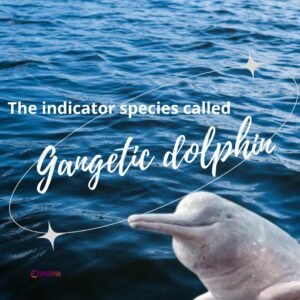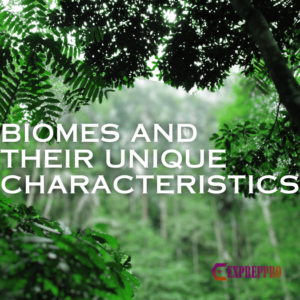environment

Mutualism – Exploring the Power of Nature’s Cooperative Bonds. UPSC Environment.
Mutualism is an interaction or relationship between members of two same or different species that benefits both species. This relationship helps both species to have an enhanced survival rate. Mutualism can be divided into two types, Obligate Mutualism and Faculative Mutualism.
Read More
The Gangetic Dolphin: Why is this indicator species important?
The Ganga river dolphin, also known as Soso or “tiger of the Ganges,” is an important indicator aquatic animal found only in the Indian subcontinent. Due to its endemic nature and importance, Gangatic dolphins enjoy the status of the National aquatic animal of India.
Read More
CORAL REEF OR THE MOST DIVERSE ECOSYSTEM ON THE EARTH
A coral reef ecosystem is an ocean or underwater ecosystem that is characterised by reef creating corals. It is one of the most sensitive, threatened, diverse, and productive ecosystems composed of sponges, Anemones, Sea Urchins, Starfish, Crabs, Annelids, Holothurians, etc. Hence, it is known as a tropical rain forest of oceans or often mentioned as […]
Read More
BIOMES AND THEIR UNIQUE CHARACTERISTICS
A biome is a large land area with a characteristic group of organisms adapted to its environment. In 1934, F.E. Clements and V.E. Shelford created a classification based on the broad-scale distribution of plants and associated animals. They named these biotic units Biomes. In his book “Communities and Ecosystems“, Robert Whittaker divided terrestrial ecosystems into […]
Read More